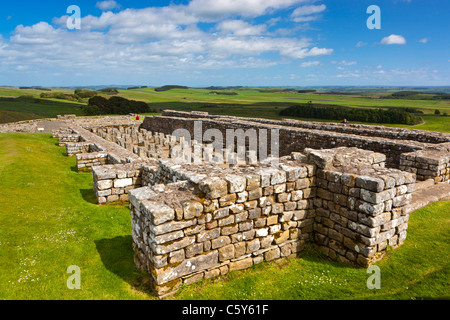
According to tradition, Colmcille looked for a place to build his monastery where he would not be able to see his homeland - hence his choice of Iona. The Abbey museum contains the original crosses of St Oran and St John and many fine carved stone graveslabs.Ĭolmcille arrived on Iona in 563 having left Derry in Ireland. There is evidence that the site was used for burials in medieval times and it is possibly where Colmcille himself was buried. Jutting out from the wall, just North of the Abbey’s main door, is a tiny chapel named St Columba’s Shrine. There is little left of the original 13th century building. The Abbey fell into decline before the Reformation and fell into ruins until a major restoration was completed in 1910. The Abbey thrived for over 300 years and linked itself closely to Colmcille and his powerful position in the early medieval church. The Benedictine Abbey Church you see today was founded in 1203 by Reginald MacDonald, son of Somerled who was founder of a Gaelic-Norse dynasty known as the Lords of the Isles. By the late 9th century Viking princes were being baptised and Iona was once again becoming an important focus for the followers of Columba. Colmcille’s remains which had been kept in Iona were divided in 849 – some were taken to Kells and some to the Perthshire cathedral of Dunkeld.ĭespite the violent Viking attacks, some monks remained in Iona.

The Book of Kells was probably started in Iona and completed in Kells and is a testimony to the artistry and skills of the Iona monks who worked on it. After several attacks in the following years, most of the monks left the island and the mother-house of Columba’s monastery moved to Kells in Ireland. The Annals of Ulster record that the monastery at Iona was raided in 794. There was a strong devotion to Mary on Iona – Cú Chuimhne of Iona wrote what is probably the earliest hymn to the Virgin by a Gael and images of Mary appear on stones carved on the island. There are no visible remains of the first monastery here – it was probably on the site of the Abbey Church – also called the Cathedral of St Mary. Beyond the Vallum, the monks had fields, farm buildings and workshops. Within the Vallum there were beehive huts made of wood and turf (some with stone foundations) a small church sleeping accommodation for the monks a refectory for meals and a guesthouse. ‘Vallum’ comes from the Latin word for the fortifications of a camp but this was not a defensive wall. This raised ground is 335 metres long by 152 metres wide. It is formed by two embankments on either side of a deep ditch. The Vallum marked the boundary of the Colmcille’s monastery on Iona. 9.9 Chapel of the Virgin Mary, Nuntown, Benbecula.




 0 kommentar(er)
0 kommentar(er)
